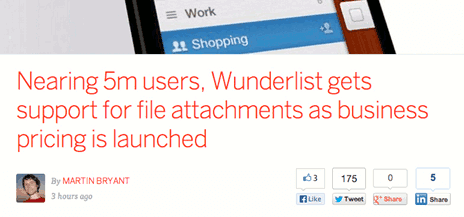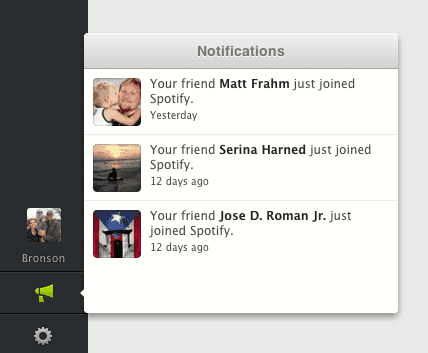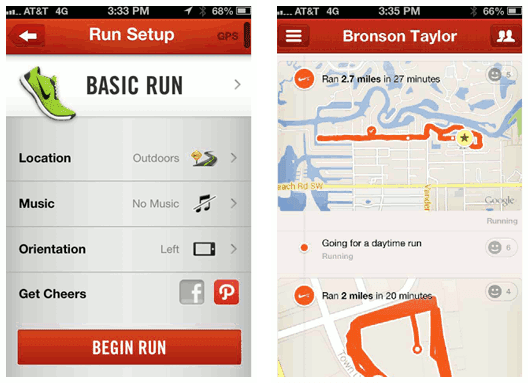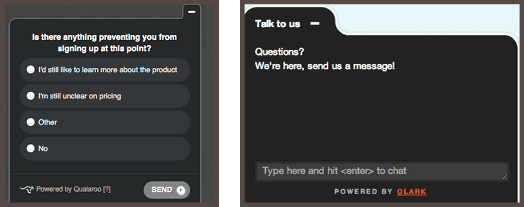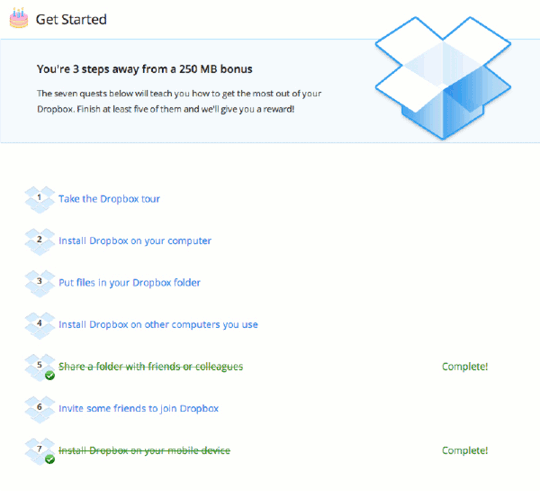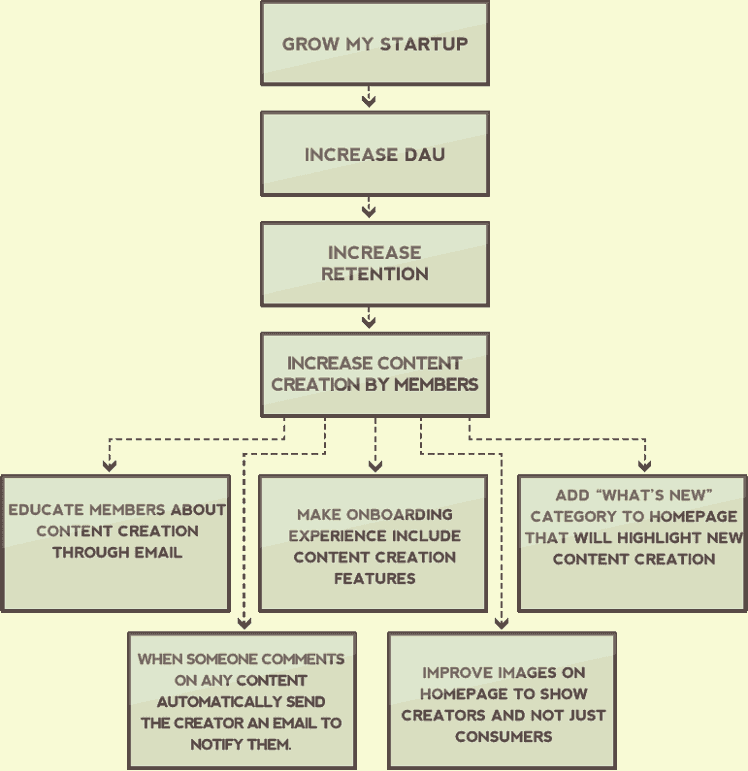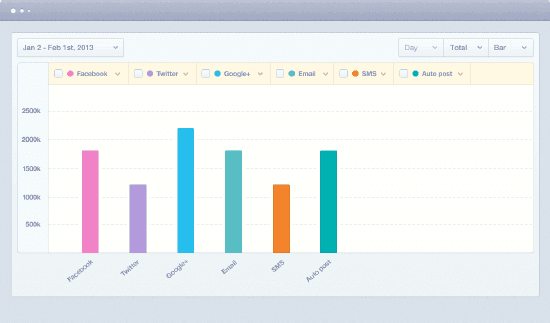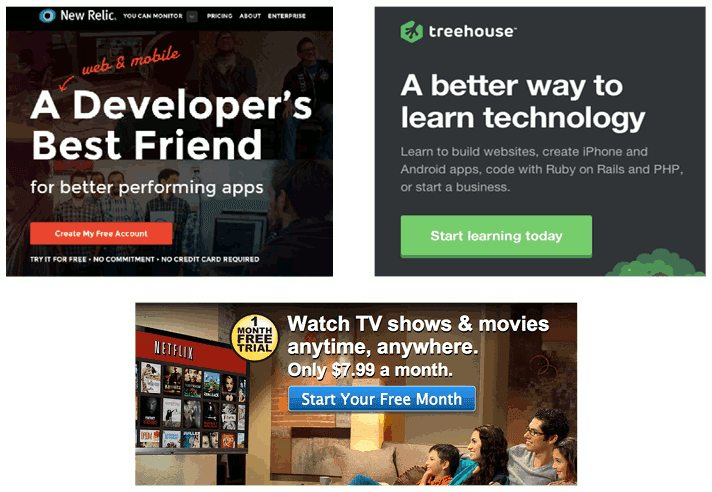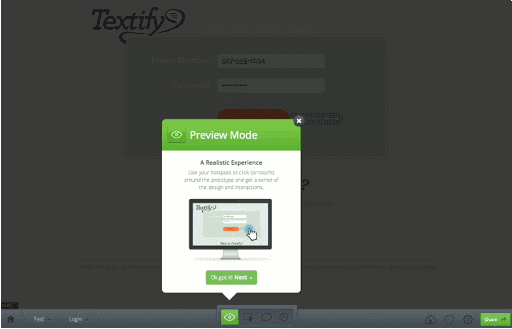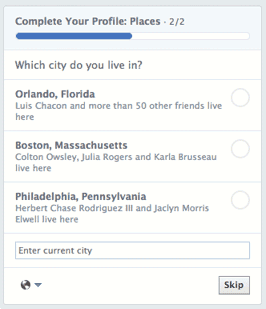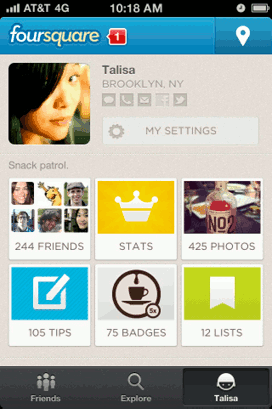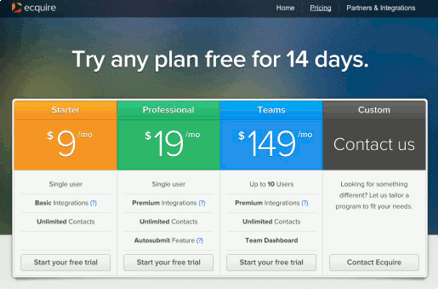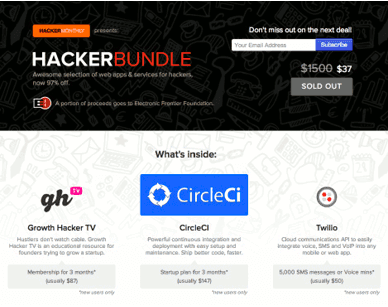So, you want to get new visitors to your site?
There are three fundamental ways to get traffic. No more. No less. You can pull people in, push people in, or you can use the product to get people in. These are the 3 p’s of getting traffic. What’s the difference in these methods? I’m glad you asked.
Pull
The first way to get visitors to your site is to pull them in. This is where you give them a reason to come to you. You entice them, incentivize them, and draw them to you. This book is an example of the pull methodology. You were drawn to us. We didn’t have to go find you online, but rather, you found us.
Push
As the name implies, this is a bit more aggressive than pulling. Instead of enticing people, you just go get them and push them onto your site. Someone may be wanting to watch a YouTube video, but not until they see your ad. They may want to do a Google search, but not until they see your paid result. You go out and find where they are online and you push them towards your product.
Product
The third way that traffic can end up on your site is through the product itself. If you’ve ever invited your friends to a new social network, then you understand how a product can be used to get new traffic. Everyone that uses the product gets more people to use the product.
Pull and push tactics are examples of growth hacking which hinge on the redefinition of distribution. If you know how people flow online then you can accurately entice them or strong arm them onto your site, but if you don’t understand where people congregate and what causes them to travel to other places (digitally), then you can’t effectively push or pull them on onto your site. The third P (product) doesn’t rely on a redefinition of distribution (like pull and push), but it relies on the redefinition of what a product is. Like we said in the first chapter, now products can play a role in their own customer acquisition, which is a very radical concept in the history of the world.
It is important to realize that all three P’s work really well in the right context, when executed by the right person. As you were reading about the differences you probably assumed that one method was better than the other, but they all have their place in the growth hacker’s arsenal. Many products actually employ a combination of push, pull, and product methodologies. This isn’t the time to get on a soapbox for a certain camp. Growth hackers are about growth, not just a certain kind of narrowly defined growth for a priori reasons.
The Fundamentals of a Pull Strategy
A great pull strategy is based on two fundamentals:
- The cost of these tactics are usually measured in time or personnel, but you are not directly paying to get visitors.
- These tactics revolve around providing something of value that entices people to visit your site. If you stop providing value then you’ll stop pulling them in.
Blogging
One of the tried and true ways of getting traffic to your product is through blogging or guest blogging. Blog posts are suited perfectly to send you traffic for a number of reasons.
- Blog posts are keyword rich, and are easily indexed by Google, which aides an overall SEO strategy.
- Blog posts have a compounding effect. The more you write, the more total chances you’ll have of pulling people towards your product over time.
- Blogs are usually based around specific niches, so if you are guest blogging then you can tap into large swaths of your market with a single post.
- Blogs are usually disseminated through RSS readers, so there is an inbuilt mechanism to deliver your thoughts to others.
- Blog posts are great at educating people, and people that are informed about your product are more likely to move through your funnel.
- Blog posts can position you as a thought leader, and people would rather use a product that has been created by an expert rather than a nobody.
- Blog owners are always looking for new guests post, which makes this low hanging fruit in many cases.
Blogging is a no brainer. The only decision you have to make is whether to start your own blog or guest blog for others. The main reason to guest blog is that you don’t have to create the audience. You only have to create the post. Trust me, it’s easier to create a post than to gather the people together that are willing to read it. However, the main benefit to starting your own blog is your ability to have full control. If you build your own audience you have more flexibility over the content. You might choose to get more aggressive in the future with sending traffic to your product from the blog, but if someone else owns all your content then you don’t have this possibility. Neither answer is wrong as long as you choose for strategic reasons. Remember, you can always do both. Maybe you start by guest blogging but then transition to your own blog.
Whichever route you choose you must not make your blog posts an extended pitch for your product. You’re gently pulling people in, not begging them to visit your site. If you get too overt about your intentions it will turn people away. With a little creativity you can easily get click throughs without making your post feel like an ad. Always start a new post with a bio that links to your product (no one will begrudge you this), and try to link to your product once within the post, but only when it’s relevant to what you’re saying.
Also, the blog posts that get read and shared are the ones that tap into something emotional, trendy, educational, enjoyable, or surprising (amongst others). Take note of the kinds of posts that get your attention, and then reverse engineer them to inform your own writing.
Podcasting
Podcasting is another great pull tactic because audio has inherent inbound qualities. When you hear someone speak then you are given a window into their mind that is different, and sometimes even better, than reading their thoughts. Like blogs, podcasts have inbuilt distribution mechanisms (podcast listening apps), but there are differences between blogging and podcasting when viewed through the lens of getting traffic:
- Podcasts are not easily indexed by search engines.
- It’s easy to click a link in a blog post, but it’s hard to visit a site that is mentioned in a podcast.
- Podcasts are fewer in number, and tend to have smaller audiences.
It is highly unlikely that a podcast will be a viable channel for traffic, unless you think very creatively about it. Here are some twists that you could try:
- Whatever you do, go niche. You probably don’t have the production experience or the budget to compete with general interests podcasts. Instead, select a very narrow niche, and dominate it.
- Don’t start a podcast with a goal of doing an episode every week. Rather, set a goal of 10 episodes total and make it more like an educational course on a certain topic that your market would love to learn. With beautiful album art and a great audio intro, people will find you in the podcast directories and get curious. Never promise more episodes, and tell them upfront in the first episode what your intention is.
- Go on a few podcasts as a guest, and then use those episodes as a part of a drip email campaign in order to inform your email list about your product further, via audio, to increase conversions. Note: the same thing can be done with blog posts also.
Of course, it is possible to go the traditional route by creating a podcast that publishes new episodes every week, but there is something you must know. Podcasts require a lot of time to do well, and low quality offerings will not gain enough traffic to matter. Therefore, get creative and think like a growth hacker, not like a podcaster. Use their medium, but not their methods.
Ebooks, Guides, and Whitepapers
Part of creating an effective pull strategy is to use the unique makeup of your team to inform which tactics you try. Some people love the idea of doing little things on a very regular basis (like blogging, or maybe podcasting). Others would rather invest large chunks of energy at spread out intervals, and produce things that are a bit more monumental. This is a valid tactic, and large written documents have a number of advantages in terms of getting traffic:
- Ebooks, guides, and whitepapers have a certain draw to them. It’s somewhat easy to ignore a new blog post, but when there is a new hefty document on a niche subject you care about, it’s hard to ignore.
- Ebooks, guides, and whitepapers have a high perceived value, and you can ask for an email address in exchange for downloading them. It feels like a fair trade, and it helps you build an email list that you will eventually work through your funnel.
- Ebook, guides, and whitepapers spread through social media very effectively when they are executed well.
As an author (even a self-published one) you are a thought leader of sorts, and people will want to use the product you’ve created.
- Ebook, guides, and whitepapers can be written to specifically educate people about your product. Informed visitors are more likely to become members and users.
MailChimp has a number of guides which they publish for all the reasons listed above.
Infographics
Infographics can entice people to your product because they simultaneously display expertise and aesthetic taste. Visualizations are powerful tools, and they are spread using social media extremely easily. Adam Breckler, of Visual.ly, provides the following advice when creating an infographic:
Select a Good Topic
Pick something that is clever, exciting, noteworthy, or that stands out for some other reason. Just don’t be boring or irrelevant.
Find the Right Data
People sometimes assume that they have to create the data themselves, but often a simple Google search will uncover data sets that have already been compiled.
Analyze the Data
Look at the data that you have with journalistic integrity. Don’t bend the data to suit your needs.
Build the Narrative
Brainstorm what story the data should tell. You need to transform the numbers into a coherent narrative, and not just present them as a collection of facts.
Come Up With a Design Concept
Now it’s time to consider ways to tell your narrative visually.
Polish and Refine the Design
Put on the finishing touches and make sure everything is as high quality as it needs to be to gain the public’s attention.
Distribute the Infographic
You can distribute it using your own audience (email list, social media, etc.), or you can use services like Visual.ly which is a marketplace for browsing inforgraphics.
Everlane produced a couple of controversial infographics that created a firestorm online. Their infographics showed the typical markups that department stores charge for t-shirts. Since Everlane sells similar quality shirts at lower prices it’s easy to see how this infographic brought them the right kind of visitors.
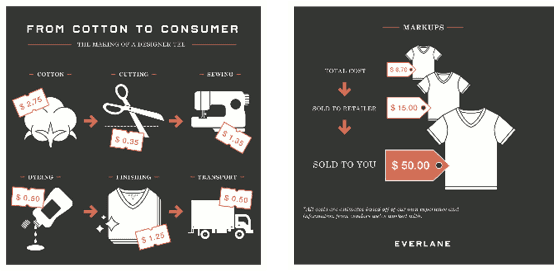
Webinars
The offline world has seminars, but the online world has webinars. These are very successful channels at bringing in new visitors for a few reasons:
- Webinars are usually live, so people are forced to put them in their schedule, and view it as an event. A YouTube video can be watched anytime, but people must “attend” a webinar. When something is in their calendar they tend to take it seriously, and they take the information shared during the webinar seriously.
- Webinars usually have limited seats, and this faux scarcity makes people feel like the content is exclusive and important. If you are important in someone’s mind then they are likely to move through your funnel more efficiently.
- Webinars allow for interaction, and if someone gets to interact with you then they will have a connection to you and your product that will carry over into activity on your product.
- Webinars educate people, and the more you give away in terms of educational value the more visitors will reciprocate in different ways.
- A webinar can end with a special promotion of some kind for your product and this can drive traffic to your product.
- A webinar can be done in conjunction with another company so that you can benefit from their audience learning about your product for maybe the first time.
Unbounce hosts something called “unwebinars.” Above is one they did with Joanna Wiebe in order to benefit from her expertise and her audience.
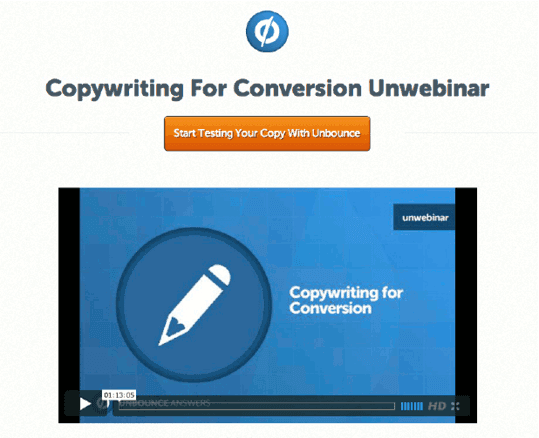
Speaking at Conferences
Conferences may feel like a very non-growth-hacker way to get traffic, but that’s just because you’re not thinking of it creatively enough. A conference presentation may pull in a few more visitors to your product, but not many, and the amount of preparation required is very high. However, a conference presentation creates a number of by-products which can be used to pull in visitors more effectively.
Slide Deck
If you’re presenting at a conference then you probably have a slide deck. This deck can be uploaded to slideshare.com and now you have a left over piece of collateral that can easily be shared, and it will bring people into you product for the foreseeable future. Sildeshare.com is a social network in it’s own right, and you would do well to invest in it.
Video/Audio
Many conferences will record your presentation, and this will allow you to put it on your company blog, upload it to YouTube, place it in email signatures, or use it during a drip email campaign.
Besides the by-products of a presentation, here are some other things to keep in mind:
Instant Retweets
I once spoke at a conference, and I ended my presentation by telling the audience that if they retweeted my last tweet that I would give them a discount to my product. I created a social media tornado in a matter of seconds.
Persuasion
Why did Steve Jobs do presentations? Because they’re are powerful. If you have the gift of gab, and can command an audience, then sometimes a few moments on stage can create a number of traffic sources for your product. Remember, growth hackers are right-brained and left-brained. Sometimes the ROI is fuzzy, but that doesn’t mean it is non-existent.
Rand Fishkin, the former CEO of Moz, has over 60 slideshares, and they have been viewed hundreds of thousands of times, creating countless new visitors for his product at Moz.com.
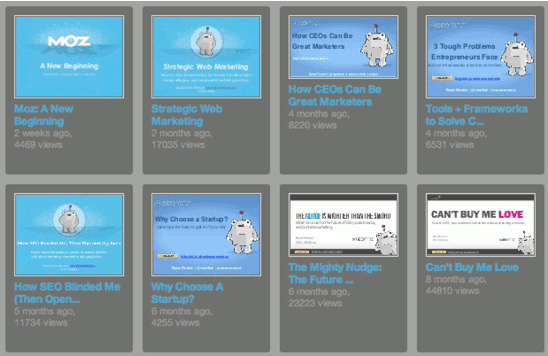
SEO
In a sense, all the tactics we’ve covered so far are incredible from an SEO point of view. As you create content of various kinds (blogs, podcasts, ebooks, whitepapers, guides, infographics, webinars, slide decks, video/audio presentations) then the search engines are going to realize that you are an authority on your topic of choice, and you’ll rank high for certain keywords. However, there are really two kinds of SEO strategies. I call them content and code.
Content
By virtue of creating content, even if you don’t know how SEO works, you will be optimizing for it. Just keep producing and you’ll be using SEO to your advantage even if you don’t know what an algorithm is.
Coder
There are also things you can do at the code level which enable a solid SEO strategy. Are your links seo optimized with keywords? Are H1 tags properly labeled. Do you use Schema.org tags for specific kinds of content? Do you have an up-to-date site map?
If you can use both content and code to your advantage then this is obviously the best case scenario. However, even if you can’t do both, you should do at least one or the other. Search engines are still the primary way we navigate the internet, and to ignore this simple truth is very unwise. SEO is important, and for many businesses it’s the primary way they gain traffic at the top of their funnel.
Social Media
One of the ways to gain traffic at the top of your funnel is through social media (Twitter, Facebook, Tumblr, etc.). There are actually so many spammy ways to do this that first I feel the need to tell you what not to do.
- Don’t follow and unfollow people on a social network just to get their attention if you don’t intend to actually have some kind of relationship with them.
- Don’t buy followers of any kind. They aren’t your market. They can’t amplify your message. They are a waste of money.
- Don’t bother people. Ask yourself what kind of pings you would like to receive if you were in their shoes.
Here are some tips to help you bring in traffic to the top of your funnel using social media:
- Engage with people who might actually use your product. Know your demographic.
- Provide value at every chance. Answer questions. Give advice. Help them in some way. Don’t just take, but also be a giver.
- Become a hub of interesting content, whether you produce it or not. If you gain a reputation as a great curator of content then people will pay attention to your posts and tweets simply because of your track record (even though you actually didn’t produce anything yourself).
- Social media is a marathon, not a sprint. Social media usually will not give you massive traffic instantly. In fact, you should actually underestimate what follower counts and like counts represent. Even if someone with 100k followers retweets you it probably won’t give you much new traffic unless your demographics are perfectly aligned (but even then I’d be skeptical).
- Social media is as much about customer support as anything else. Surprisingly, this can be a tool for new traffic. As people watch your stellar customer support happening in public then they will be more apt to try your product themselves.
- Use social media to amplify all the content you created in tactics 1-8. Social media works great in conjunction with other tactics.
- Like everything, creativity can open up new possibilities. Skittles once made their entire homepage a Twitter feed of a search for the word Skittles. They received countless mentions of Skittles on Twitter that day, and the internet collectively paid attention to their ingenious ploy.
Contests
Contests are an awesome way to drive new traffic to your product. A lot of people are actually unaware of how well contests work. Ever heard of AppSumo? Want to know how they grew an email list to over 700k emails? They started with contests. Ever heard of AirBNB? Want to know what they started doing this week to drive new traffic to their product? They started promoting a contest. Contests are good for small companies and big companies alike, so here are a few of things to remember as you create a contest:
AppSumo ran a ton of contests over the years. They found something that worked so why should they stop? Also, notice how experiential their prize is.
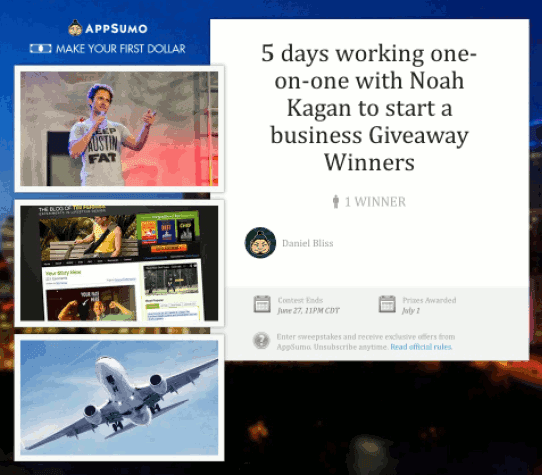
App Marketplace
One of the channels for gaining new visitors which has arisen in the past few years is marketplaces. The Apple App Store is a marketplace. The Google Play Store is a marketplace. There are actually two kinds of app marketplaces, and they are different.
B2C App Marketplaces
If your company made an app for a consumer then you’ll probably be in a B2C app store like the Apple App Store. Here are some things to keep in mind if you are trying to get new users through this method:
- Reviews matter immensely. Do whatever is necessary to not get bad reviews in the first place, and try to get people to change their reviews after they’ve left a bad one.
- Screenshots are a window into your app so make them perfect. If you don’t visually entice people you can’t pull them in.
- Think about your app’s name carefully. Will it be easy to search for and easy to find.
- You cannot rely on the marketplaces alone for new traffic. There are simply too many apps now and you are a needle in a haystack. You must use the other tactics in this book also.
B2B App Marketplaces
If your product can be used for businesses then you might consider this relatively new kind of marketplace. Companies like Salesforce or Mailchimp now have their own marketplace for apps that integrate with their product. Here are some helpful tips concerning B2B app marketplaces.
- These marketplaces are less crowded so they are easier to stand out in.
- B2B marketplaces are apt to promote your product on their blog, in an email blast, or other ways, if you just ask them.
- Sometimes B2B marketplaces will even pay you to build an integration with their product. Shopify recently had a fund that they used for this very purpose.
- As with consumer marketplaces, reviews and screenshots matter, so don’t skimp on these.
- You can include a “coming soon” in your description on these marketplaces which will list upcoming products that you will also integrate with. This is a great way to be found more easily on the B2B search engine since you will have a number of products listed in your description as keywords (this was one of the tactics that Wishery used, and they were eventually purchased).
The AppExchange is Salesforce’s B2B app marketplace.
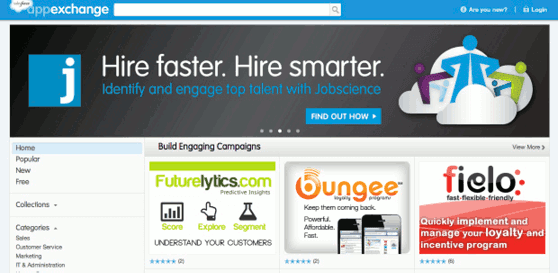
Deal Sites
In the aftermath of Groupon’s rise (and slow demise) there have been a number of deal sites created in their wake. For many niches there is a deal site which has a substantial email list and is willing to promote your product. The arrangement with these companies is usually pretty straight forward. You provide a discount to their audience, and in exchange they provide you with distribution. This is a quick way to get traffic, and given how easy it is to set up this kind of relationship it’s worth trying. Another unexpected side benefit of these deal sites is the number of people who will purchase your product at full price even though they came from the deal site. The internet is a strange place and this will happen more than you would guess.
Mighty Deals is a niche deal site that serves designers. It would be worth it to see if you can find a deal site for your niche.
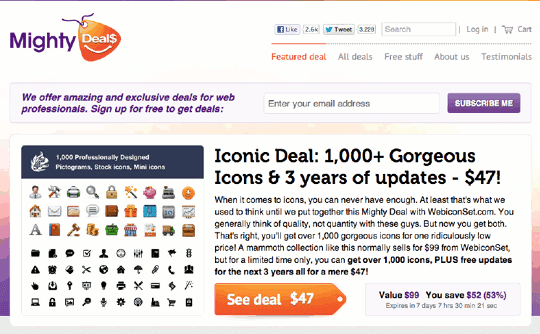
Leverage Other Peoples Audience (LOPA)
Although this is built into many of the tactics already covered I still wanted to talk about LOPA explicitly. Basically, building an audience is incredibly hard. So if you can find any way to leverage someone else’s audience then you will be taking advantage of a traffic shortcut. Guest blogging is a form of LOPA. Guest podcasting is a form of LOPA. Even marketplaces are a form of LOPA. Here are some other ways that you can take advantage of LOPA:
- Create a giveaway for a specific blog that has your demographic as their audience.
- Reach out to group leaders on Meetup.com that run communities that could use your product, and ask them if they’d tell their group about you.
- Offer free accounts to thought leaders in your industry and if they have a great experience they will share it with their audience.
- There are literally too many possibilities of LOPA to even begin listing them all. If you are creative enough you will always have new opportunities for LOPA.

Source Quick Sprout http://bit.ly/2VnK0MZ


